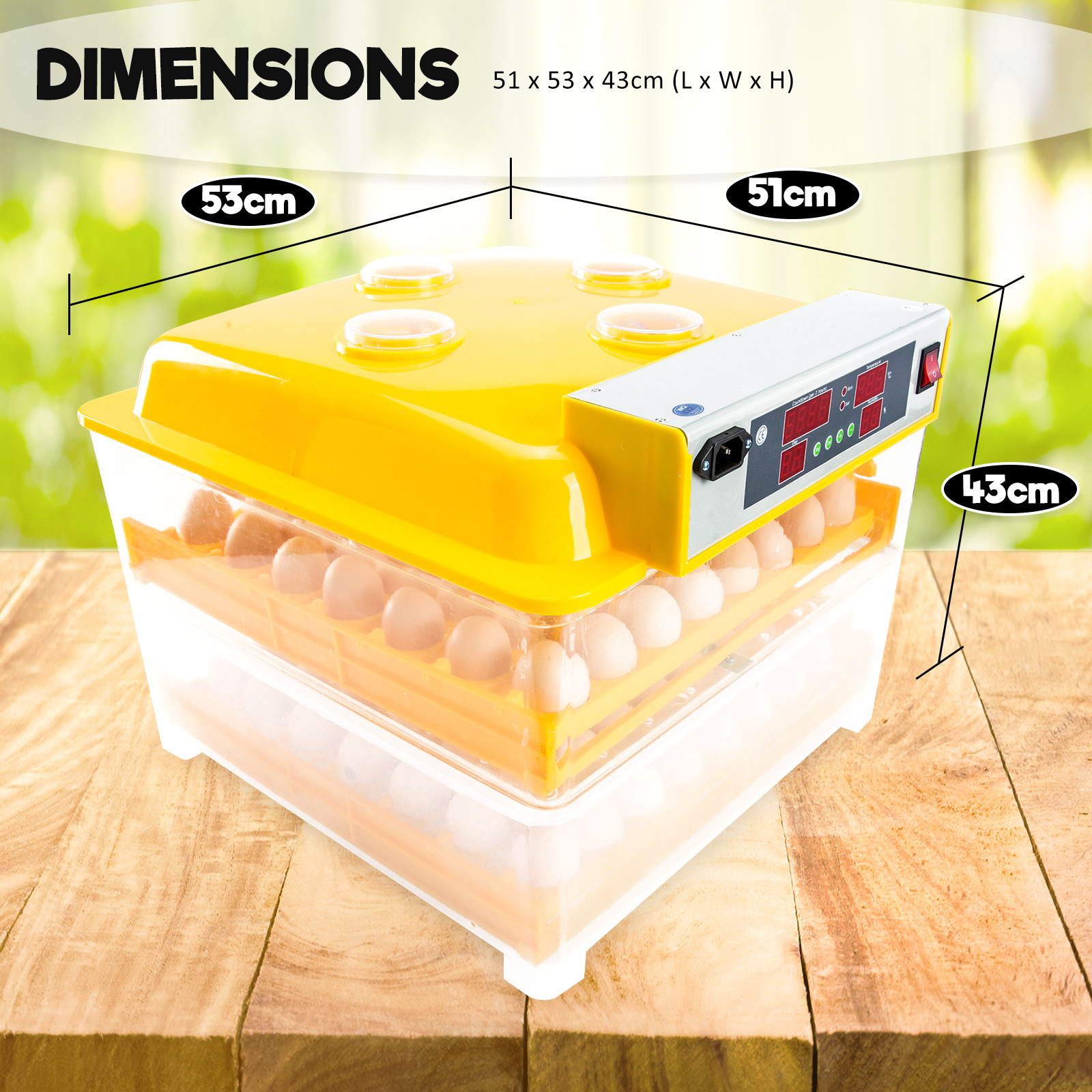
Use the up and down buttons to set the desired. Press SET to toggle options until “CS” appears in the temperature display. If the thermometer’s reading is too high or low, it can be adjusted. When both water channels are filled, the humidity will rise to approximately 60%, depending on the season and local humidity levels.Ĭalibrating Temperature Sensor Reading (CS) It is recommended to leave these parameters at the factory default of 45%. Use the up and down buttons to set the desired humidity alarm settings. Press SET to toggle options until “AS” appears in the temperature display. It is recommended to leave these parameters at the factory default of 1☌ above or below the set temperature. Press SET to toggle options until “AH” appears in the temperature display. Use the up and down buttons to select the desired temperature alarm settings. Press SET to toggle options until “AL” appears in the temperature display. Setting the Temperature Alarm (AL and AH) The recommended temperature to set is 37.6 ˚ Use the up and down buttons to select the desired temperature. Press the reset button to check the automatic egg turning function. Place the eggs in the incubator with the narrower end facing down. Operate the incubator and fill the water channels, the humidity reading will increase. An alarm indicating low temperature/humidity will sound, this is normal. Set up the incubator as per the "Installation" section. The temperature should be no higher than 37.5☌ on day 19–21. 
This will regulate the humidity and temperature while avoiding dehydration.
Increase humidity and decrease temperature during the hatching period in order to prevent water from evaporating too quickly in the eggs. If it’s a dead egg, the blood vessels in the egg will be blurred, parts near the air chamber will be yellow and the boundary between the egg and the air chamber will be unclear. A well-developed embryo will be large and little light will be visible when light is shone from the wider end. Test the eggs for the third time after 16 to 17 days. A well-developed embryo is enlarged, with blood vessels inside and the air chamber is large and sharply demarcated. Test the eggs for the second time after 11 to 12 days to check the development of the embryo. Test the eggs for the first time after 5 to 6 days to confirm fertilisation and identify, the unfertilised eggs, scattered yellow eggs and dead eggs.ĭo NOT test during the first 4 days or the incubator and egg surface temperature may decline sharply and affect the eggs’ early development. Ensure you add water to the machine every 1 to 2 days (depending on the environment and the quantity of water inside the machine). Proper operation and careful observation are required during the incubation. Place in the incubator with the narrower end facing down. Generally, disinfection is not required and may reduce the hatching rate. Ensure the eggshell has no deformity, cracks or spots. The best temperature for saving fertilised eggs is 10-15☌. Fertilised eggs must be fresh, within 4-7 days after laying is the best. Add water to preheat the incubator for 20-30 minutes. 
Ensure that the fan, temperature display, function buttons and the heater are functional. If the ambient temperature drops below 20☌, place the protective foam around the incubator.Ensure that the egg tray matches the slots on both sides.

Ensure that the egg tray matches the motor shaft connector. Insert the power cord into the socket on the device and the other end into the wall.







 0 kommentar(er)
0 kommentar(er)
